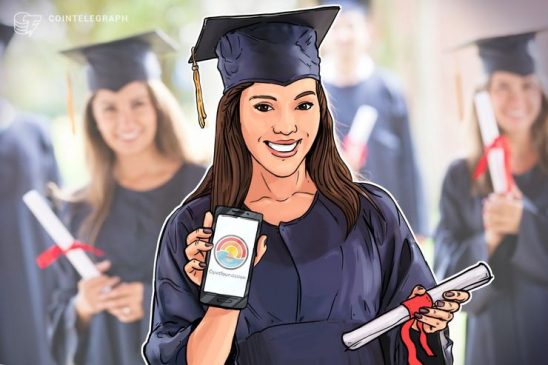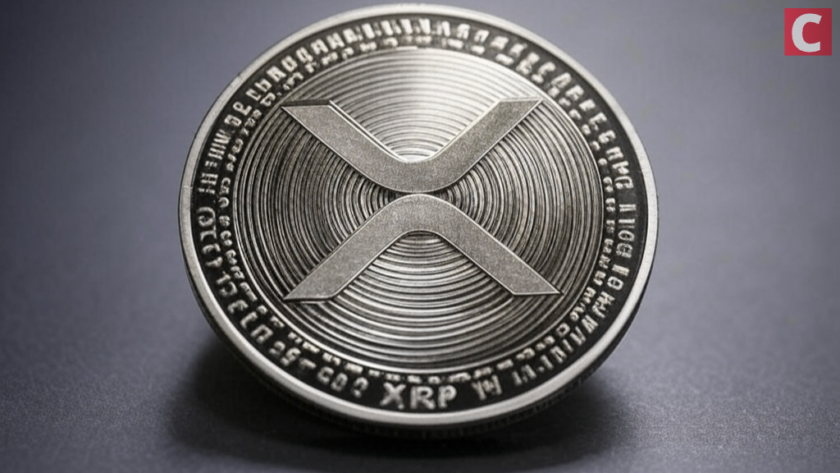A new platform is using artificial intelligence (AI) and blockchain to address the “growing class divide” in education — helping all students access equal opportunities and unlock their full potential.
Õpet says it wants to address the “confusion and apprehension” teenagers face when they finish high school and simultaneously offer smart revision tools that will help these students get the best grades possible in crucial exams, resulting in a wider range of options when they are contemplating their first steps.
The company says an educational chatbot will be the beating heart of its ecosystem. Digitally available to students at all times, its role is to provide a “customized learning experience” for pupils during their national examinations. As an example, it highlights GCSEs and A-levels, which are commonly taken at the ages of 16 and 18 in the U.K.
Powered by AI and machine learning, it is hoped that the chatbot will give personalized support to suit the different speeds and methods of which people learn. While richer families are able to invest in expensive private tuition for their children, Õpet believes this chatbot could offer effective revision while cutting the cost between 90 and 95 percent.
Quizzes would help students to keep track of their competency in an array of subjects — to begin with, Õpet will be focusing on four core subjects: chemistry, biology, physics and mathematics. It describes this as “gamifying the high school curriculum learning experience,” and to maximize results, it takes an approach that adapts to the way today’s teenagers use their phones — for example, by capitalizing on their propensity to read unread messages.
This technology would be coupled with a “tamper-free and accurate” blockchain ledger where the records of high school students can be stored. Õpet says this database would come into its own when teenagers are applying for colleges and universities — creating a smooth process which eliminates the need for repeated submissions to colleges online or by post.
According to Õpet, the company has already signed a strategic partnership with the University of Cambridge Judge Business School, using its psychometric profiling tool “Apply Magic Sauce” to help students when they apply for higher education. Another collaboration with the American University of Central Asia will help its AI digital chatbot be rolled out to high school students across the region, the company says. More recently, they have also announced a strategic partnership with World Capacity Builders, a private British Columbian company with a vast network of global world leaders and supranationals, dedicated to improving access to communication solutions, financial services and technologies for the world’s poor and underserved communities.
A token with potential
The company describes education as an evergreen industry, where worldwide expenditure was estimated to be $6 trillion in 2016. Its Õpet token would be used to pay for access to the AI chatbot, as well as blockchain access for records validation. Analysis by BlockSpeed suggests that Õpet tokens have the potential to achieve a market price of $9.20 by the 2021 financial year.
Õpet says there are several factors that will underpin this rising demand. The first is how the education sector is “severely under-digitalized at present,” with momentum toward new technology expected in the coming years. It also wants to satisfy a “large, unmet demand” for cost-efficient, intelligent education aids and secure ways to manage confidential student information.
A buzz on social media
Õpet says it has a significant online following, which includes more than 95,000 subscribers to its Telegram blockchain group and 28,000 followers on Twitter.
A private presale for Õpet tokens is taking place from June until August, and this will be followed by a public presale from Sept. 1 to 30. Finally, a public sale will commence on Oct. 1, which will run for a period of three months.
Disclaimer. Cointelegraph does not endorse any content or product on this page. While we aim at providing you all important information that we could obtain, readers should do their own research before taking any actions related to the company and carry full responsibility for their decisions, nor this article can be considered as an investment advice.




